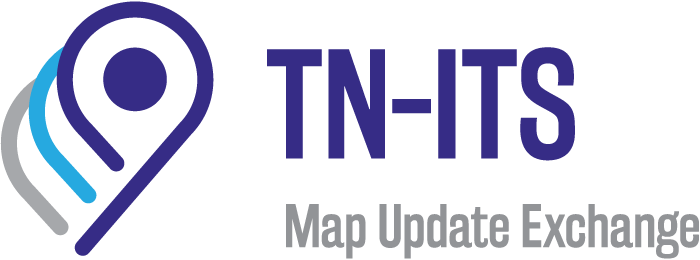As a graduate geographer and economist, Christian Kleine has worked for the Dusseldorf land registry and often travelled to countries like Poland and Romania, coding maps. Since 2004, Mr Kleine works at HERE Technologies, the global benchmark map-making company. HERE got involved with the TN-ITS multi-stakeholder platform since its earliest stages as a founding member. Christian recalls an initial meeting with the German Ministry of Transport, where the initiative’s team presented how road authorities need map makers. Ten years later, he is one of the platform’s highest representatives as TN-ITS president.
What does it mean to you to be president of TN-ITS?
Since its creation, I progressively got more involved until, in 2017, I became president. Being president enables me to actively shape the work of TN-ITS as part of the management team. It makes the purpose of my work, as I contribute to creating a good network of interesting companies, but also road authorities to bring the topic of map data exchange for roads.
What is the role of map makers like HERE within TN-ITS?
We work with static data, which is needed for all kinds of services. First of all, our role is as data users, but we also give feedback to road authorities on what are the data requirements, how we use them, and the market’s demands on map data. We engage with these road authorities so that they share this data and make it more easily available. Within this data-sharing framework, map makers must be part of the process.
How does TN-ITS enhance road safety and transport efficiency through the use of digital maps?
Digital maps are the foundation of all ITS applications. TN-ITS fresh map updates enable us to serve the end-users with accurate information, for example about restrictions on streets where only residential traffic is permitted or where trucks are not allowed to enter. With that, we can contribute to road safety and transport efficiency alerting drivers
To achieve that, we work with what we call base-layer data because all other information is built on top of this. If the base-layer data is not accurate, all the other information will not be accurate. With fresh maps, we leverage the usage of ITS applications. When the information is reliable and working, the people see that it makes sense to use it because it benefits them. What we do is serve the end user.
How does the data chain mechanism work between road authorities and map makers in TN-ITS?
Road authorities are providing data via National Access Points (NAPs) in the TN-ITS format with access to Application Performance Interface (API) or File Transfer Protocol (FTP) server, which allows us to pull this data directly from the NAPs.
We strive to be able to ingest this data automatically into our maps. At the moment, however, it’s still a semi-automated process where we get information about where something has changed, and then we normally verify this with our means.
As the data is available in the NAPs, we do not need to be in direct contact with the road authorities. Something we work on now is building personal relations with local authorities, providing them with insights into how the data users are utilizing the information. We give feedback on quality issues through a data partnership team across Europe.
Can you give us an example of a specific application that benefits from the updated road data in TN-ITS?
The best example is Intelligent Speed Assistance (ISA). Among the main priorities for TN-ITS are speed limits to increase road safety. ISA is a real, already-implemented application which needs TN-ITS data. As ISA systems can experience some issues, like sensors not detecting speed limits correctly, having fresh and accurate data helps them to be more reliable. I want to emphasize ISA as it is something already working at the moment. OEMs require map data, and we offer a unique product, ISA map data, that explicitly refers to speed limits. Beyond ISA, with TN-ITS data we can potentially also enhance ADAS applications and features like lane keeping.
What is your vision for the TN-ITS platform’s future?
My dream would be to reach full coverage on, at least, speed limit data around Europe. To be realistic, firstly, we need to work on the alignment between DATEX II and TN-ITS. The next step is also to have more deployment. We need to include cities, not only national authorities, so my dream is to have more countries but also cities delivering speed limit data in TN-ITS. This is about map updates, so we don’t need to create a whole database, it’s about updating the maps.
Looking beyond Europe, I believe we should also bring this concept to other regions, like North America.

